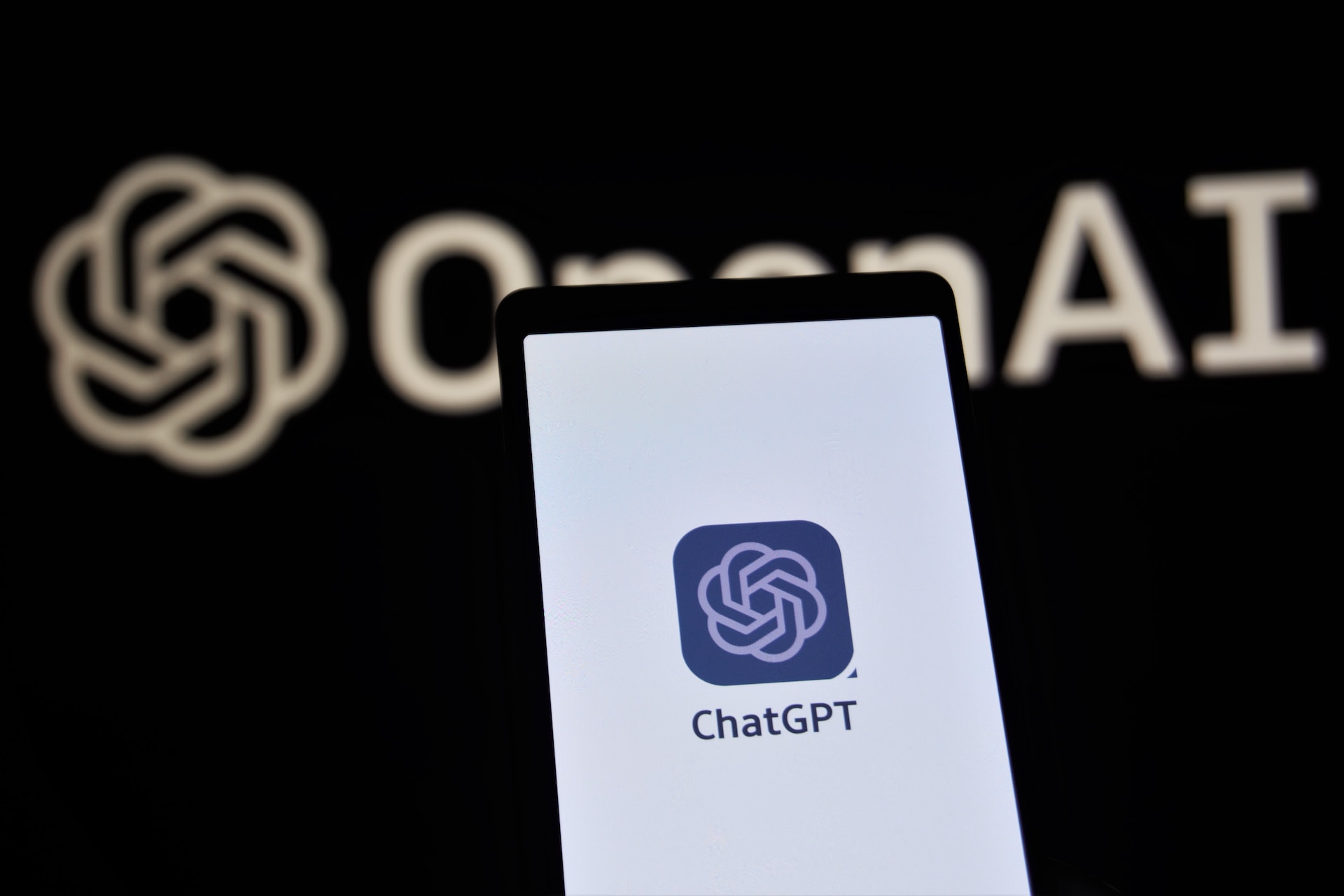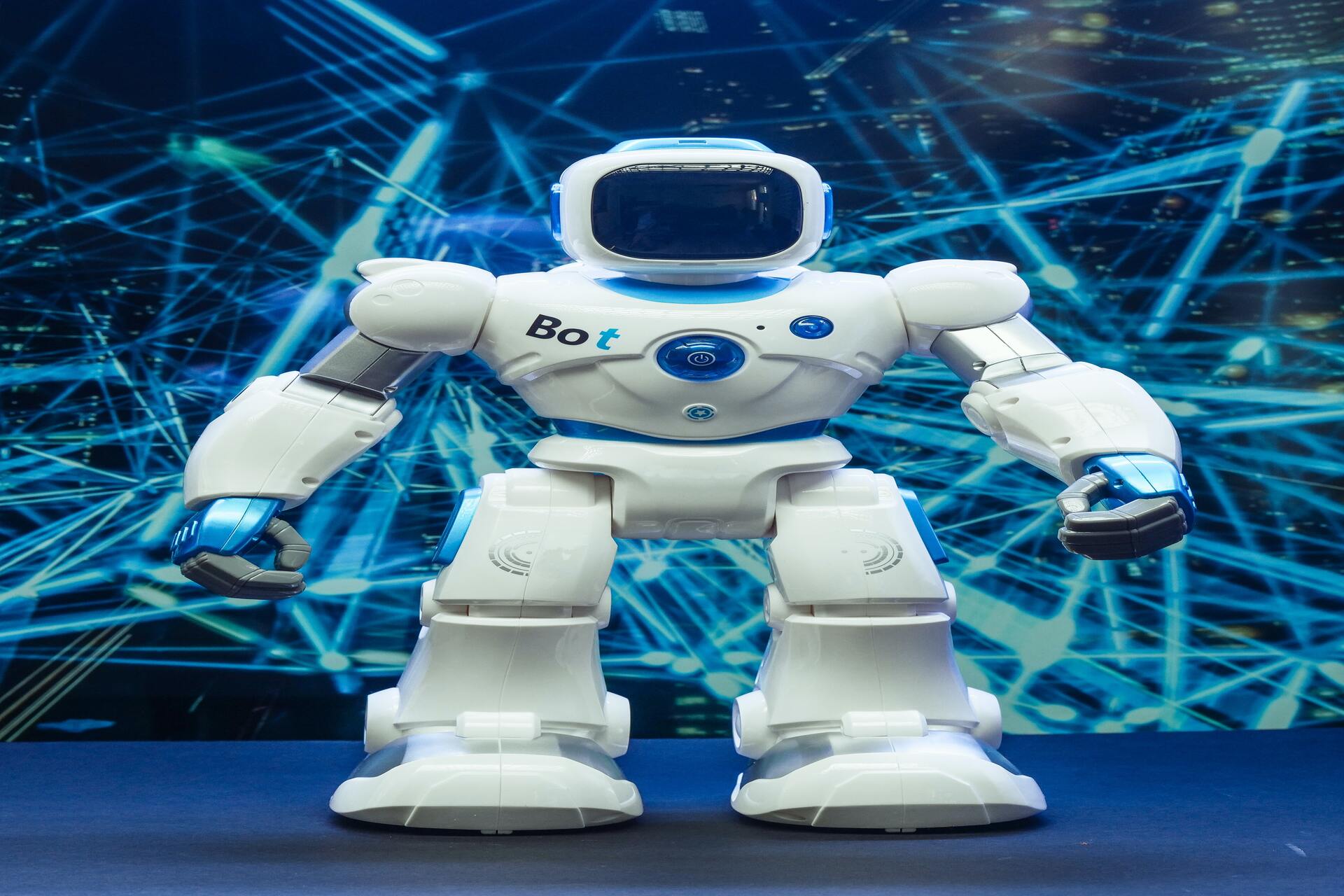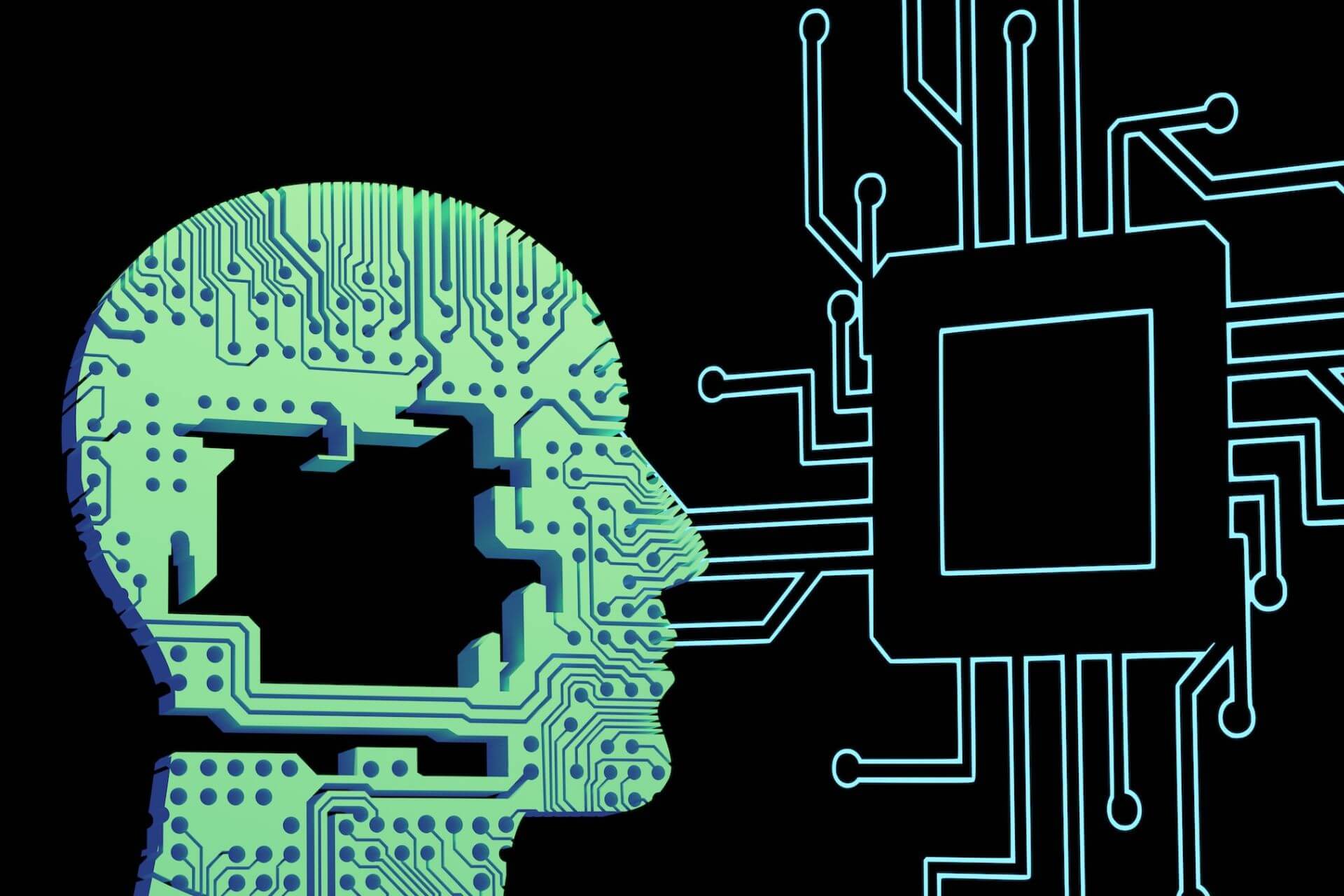
Conversational AI: Top 5 Risks of Chatbots
September 13, 2023 - Ellie Gabel
Revolutionized is reader-supported. When you buy through links on our site, we may earn an affiliate commision. Learn more here.
Conversational AI models might be impressive, but they’re not always safe. Chatbots have several serious risks that businesses and individuals alike should be aware of. These risks can endanger personal information, cybersecurity, mental health, safety and more. What are the five leading risks of conversational AI?
Top 5 Risks of Conversational AI
Chatbots have advanced dramatically in just a few years. These algorithms are definitely an incredible feat in computer programming. Unfortunately, there are significant risks to using these algorithms without careful precautions.
1. Spread of Misinformation
Arguably the most common error users make with conversational AI algorithms is trusting them to give accurate information. Chatbots and generative AI models like ChatGPT are excellent at natural language processing (NLP). This makes them good at conversation but it can also make them unintentionally deceptive.
NLP AI models can format virtually any response to sound realistic or authoritative, regardless of whether or not it is factually correct. As a result, it is very easy for users to believe a response is accurate when in reality it is not. This opens the door to a serious risk of AI spreading misinformation.
The risk is particularly high with certain uses of conversational AI. For example, ChatGPT is known for its ability to write code. However, research shows that it answers at least 52% of programming questions incorrectly.
Additionally, ChatGPT is known for “hallucinating” answers, giving completely made up sources and citing non-existent research or studies. The algorithm is so good at NLP that it attempts to mimic legitimate sources or search results, only without any actual information. OpenAI may not be able to correct the issue for years.
2. Unsafe Mental Health Advice
One of the most common uses for conversational AI is casual chatting and emotional support. People who are lonely or experiencing symptoms of mental illness but can’t afford a therapist may try to use a chatbot to get mental health aid instead. This type of use for chatbots is ineffective at best and life threatening at worst.
On the surface, one might think chatbots and therapists do a similar job: listen and talk. However, professional therapists, counselors, social workers and psychologists aren’t idly responding to their patients. The way they interact with patients and the guidance they provide is informed by years of training as well as first-hand insight into the patient’s emotional state, circumstances and history.
Conversational AI does not have this experience or an ability to gauge a patient’s mental wellness. As a result, it is highly probable that a randomly generated response to a user’s input could inadvertently endanger the user. Sadly, there have even been cases of chatbots telling users to take their own lives after expressing suicidal thoughts.
Conversational AI can provide unsafe advice, suggest a drug or unauthorized treatment, or simply respond insensitively to the user’s input. Since the AI has no emotions or even concept of what emotions are, it is impossible for it to actually comfort the user or offer helpful, informed, safe advice.
As a result, attempting to use conversational AI for therapy is a dead end to improve one’s mental health and may even worsen it. Additionally, generative AI models are not subject to doctor-patient confidentiality regulations. So, any private, sensitive thoughts a user shares with an AI “therapist” could actually be saved, recycled or even shared by the AI later on.
3. Exposure of Sensitive Information
Conversational AI models are trained with machine learning, which they also use to adapt and improve over time. This means every bit of input the AI receives is stored in some capacity as the AI uses it to refine future conversations. As a result, these algorithms pose a serious risk to personal, professional and data privacy.
If a user unwittingly shares sensitive information with a conversational AI, it is impossible to roll back that action. The black box nature of most AI models means even developers can’t see exactly how the AI is formulating its conclusions. So, it’s also impossible to determine how an AI could potentially use sensitive information a user gave it.
These factors create a cybersecurity nightmare for risk management. Most conversational AI models have a severe lack of controls and visibility. So, it is difficult to utilize them without putting security and privacy at risk.
This issue is particularly important for any workplace use of conversational AI. An employee might think using a chatbot for some brainstorming or proof reading is harmless. However, as soon as they type private business information into the AI, it’s out of their control and no longer private.
In fact, AI chatbots may even help hackers steal data and personal information. Cybersecurity researchers have proven it’s possible to trick ChatGPT into creating polymorphic malware, despite protections against prohibited applications like this.
Hackers are using conversational AI to create phishing emails, generate code and even gather information about potential targets.
4. Misleading or Offensive Content
Conversational AI models use machine learning to gather information about how humans speak and interact. Unfortunately, this can lead to AI models adopting harmful biases and discriminatory practices that humans wrongfully use online. The AI then reflects those biases in its interactions with users.
AI data bias can result in conversational AI giving insulting, offensive or discriminatory responses to users. This is hurtful for anyone, but it can be particularly damaging when a business is using this technology to talk to customers.
Conversational AI is also capable of giving misleading or manipulative information. Of course, this isn’t intentional since AI has no ability to make intentional decisions or grasp the concept of manipulation. However, the way the user interprets factually flawed or poorly phrased responses from AI can mislead them into making poor decisions.
For example, a medical professional might use an AI chatbot to help analyze patient data or symptoms. The AI’s responses sound realistic and authoritative, leading the medical professional to trust the chatbot. This misplaced trust could lead the medical professional to utilize the AI’s advice without fact checking it or carefully analyzing it.
5. Compromised Training Data
AI data bias occurs when an AI learns from biased, misleading or otherwise non-objective training data. Since developers can’t see how an AI makes connections as it learns, it’s extremely difficult to track down data bias. Not only does this pose a risk to the user experience, it can also make chatbots vulnerable to hacking.
With a tactic known as data poisoning, hackers intentionally compromise an AI’s training data to create backdoors and secret vulnerabilities. For example, the hacker might teach the AI to grant full access to its data when it sees a specific image or icon. After the AI goes live, the hacker can use that image like a key to manipulate the AI and access user data.
Hackers can also use data poisoning to sabotage an AI model. They intentionally feed the algorithm incorrect information or connections, causing it to misbehave and return consistently inaccurate responses. This version of data poisoning is usually obvious when the AI launches, but it’s no less damaging.
Depending on the hacker’s strategy, data poisoning can be extremely difficult to detect for developers and users alike. While someone casually types away with a chatbot, they may be unwittingly giving information to a compromised algorithm for a hacker to access later. So, giving any kind of personal or sensitive information to an AI is risky.
When is Conversational AI Safe to Use?
All the risks of conversational AI are serious and important to consider. However, they don’t mean that it is always unsafe to use these algorithms. There are certainly use cases with minimal risks involved, but it often comes down to individual users’ behaviors.
As a general rule, users should not give AI algorithms any personal, sensitive or private information. This includes information about themselves, others and any work-related information. When chatting with AI, stick to general information that isn’t in any way personally identifiable.
Never share login credentials or financial information with AI, either.
Finally, users should always take chatbots’ input with a grain of salt. It may be tempting to think of these algorithms as completely objective robots, but this is not the case. They are pattern-recognition algorithms with language capabilities, not therapists or reliable sources of information.
When using conversational AI for research purposes, always fact check its responses. Using AI for brainstorming is often harmless, but never leave a decision entirely up to an algorithm.
Staying Safe With Chatbots
There’s no question that conversational AI models are incredible pieces of technology. However, users need to be careful about what they do and share with these algorithms. There are several serious risks associated with chatbots for businesses and individuals alike. By practicing safe user behaviors, everyone can utilize conversational AI while minimizing its risks.
Revolutionized is reader-supported. When you buy through links on our site, we may earn an affiliate commision. Learn more here.
Author
Ellie Gabel
Ellie Gabel is a science writer specializing in astronomy and environmental science and is the Associate Editor of Revolutionized. Ellie's love of science stems from reading Richard Dawkins books and her favorite science magazines as a child, where she fell in love with the experiments included in each edition.




